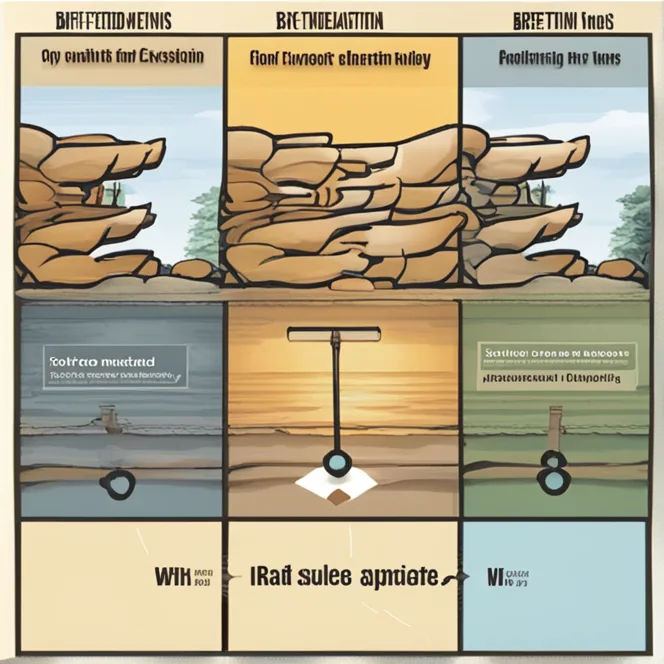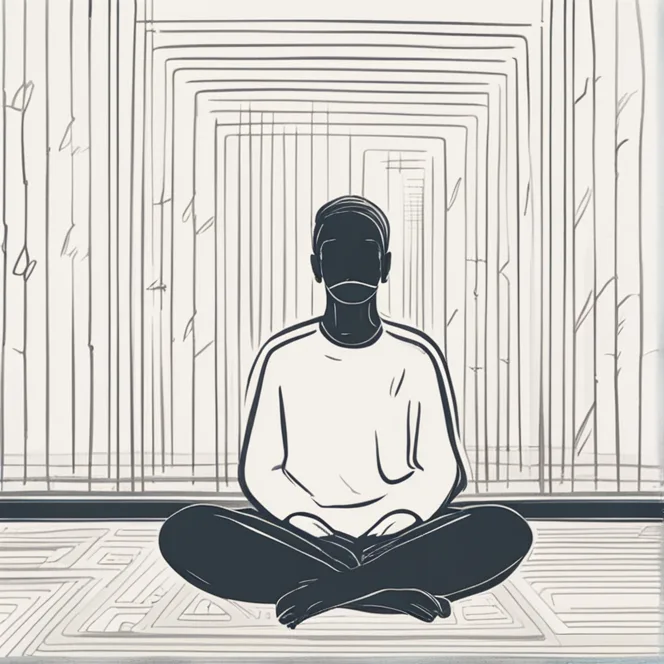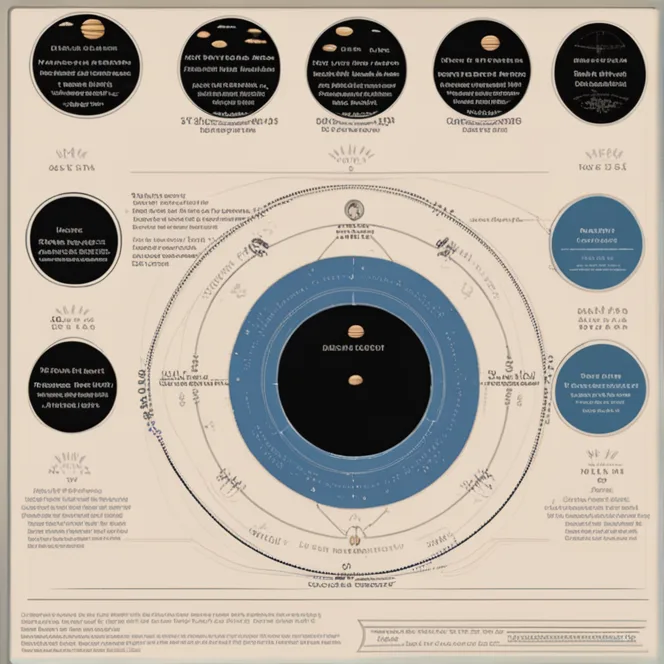
Meditation Made Simple For All
Embark on a serene journey with easy, actionable meditation practices for those new to the quiet art of mindfulness.
article by Hina Kurosawa
Begin with Breath Awareness
Meditation often evokes images of seasoned practitioners entranced in hours of silent reflection. However, for newcomers, it can be as simple as starting with a focus on the breath. Begin by finding a comfortable seat, closing your eyes, and noticing the natural rhythm of your breathing. Let the breath act as an anchor, bringing you back whenever your mind wanders. Counting each inhalation and exhalation up to ten can help maintain this focus. If you reach ten or get lost, simply start again. This form of breath awareness can serve as a gentle introduction to the meditative state.

Embrace Short Sessions
Lengthy meditation sessions can be daunting for novices, yet brief periods of five minutes can be surprisingly effective. These short sessions can fit easily into daily routines, gradually building a habit without overwhelming. As proficiency grows, the duration can be increased at your own pace. Remember, consistency is key; regular short meditations often outweigh the benefits of less frequent, longer sessions.

Physical Anchors for Focus
For those struggling to maintain focus during meditation, physical anchors can be a boon. Touching the fingertips together or feeling the surface beneath you helps ground your awareness in the present. It's counterintuitive but focusing on a physical sensation can quiet the chatter of the mind, offering a pathway to deeper tranquility. In time, these anchors build an association with the meditative state, making it easier to access.

Movement as Meditation
Meditation need not be static. Walking meditation involves slowly pacing while fully conscious of every motion, treating each step as a deliberate act. It's an ideal form for those who find stillness challenging. This kinetic approach keeps the body engaged and allows the mind to settle, fostering a meditative state through paced, thoughtful motion.

Integrating Mindfulness into Routine
Meditation extends beyond designated sittings. Mindfulness can be woven into daily activities like washing dishes or showering. Paying close attention to the sensory experiences of these routines — the warmth of the water, the scent of the soap — transforms them into informal meditative practices. These moments train the mind to remain present, a foundational aspect of meditation.
Astrological Alignments for Focus
Astrologically, the year 2024 presents several periods ideal for embracing meditation. Jupiter’s transit through Taurus emphasizes groundedness, making it an excellent time to establish a meditation routine. Meanwhile, Neptune in Pisces can soften the boundaries of the ego, making meditative states more accessible. Utilizing these alignments can enhance the meditation experience, providing cosmic support to your mindful journey.
Guided Meditation as a Tool
Guided meditations can serve as a valuable resource for beginners. By listening to an experienced voice leading the way, practitioners find it easier to journey inward, bypassing the initial hurdles of self-guidance. There are numerous apps and online resources with guided sessions catering to a variety of needs, from stress reduction to sleep aid. Leverage these tools as you familiarize yourself with meditation practices.
Published: 12/14/2023
Modified: 12/14/2023
More predictions
Come back here soon to learn more about yourself and your future


Calming Waves: Meditation For Stress Relief
Meditation techniques to help foster inner peace, alleviate stress, and enhance wellbeing in today's fast-paced world.


Meditation Techniques & Stress Relief
Discover effective meditation methods to alleviate stress and enhance well-being, suitable for beginners and seasoned practitioners alike.


Breathwork For Mindful Meditation
Discover effective breathwork techniques for enhancing your meditation and achieving a deeper sense of calm.